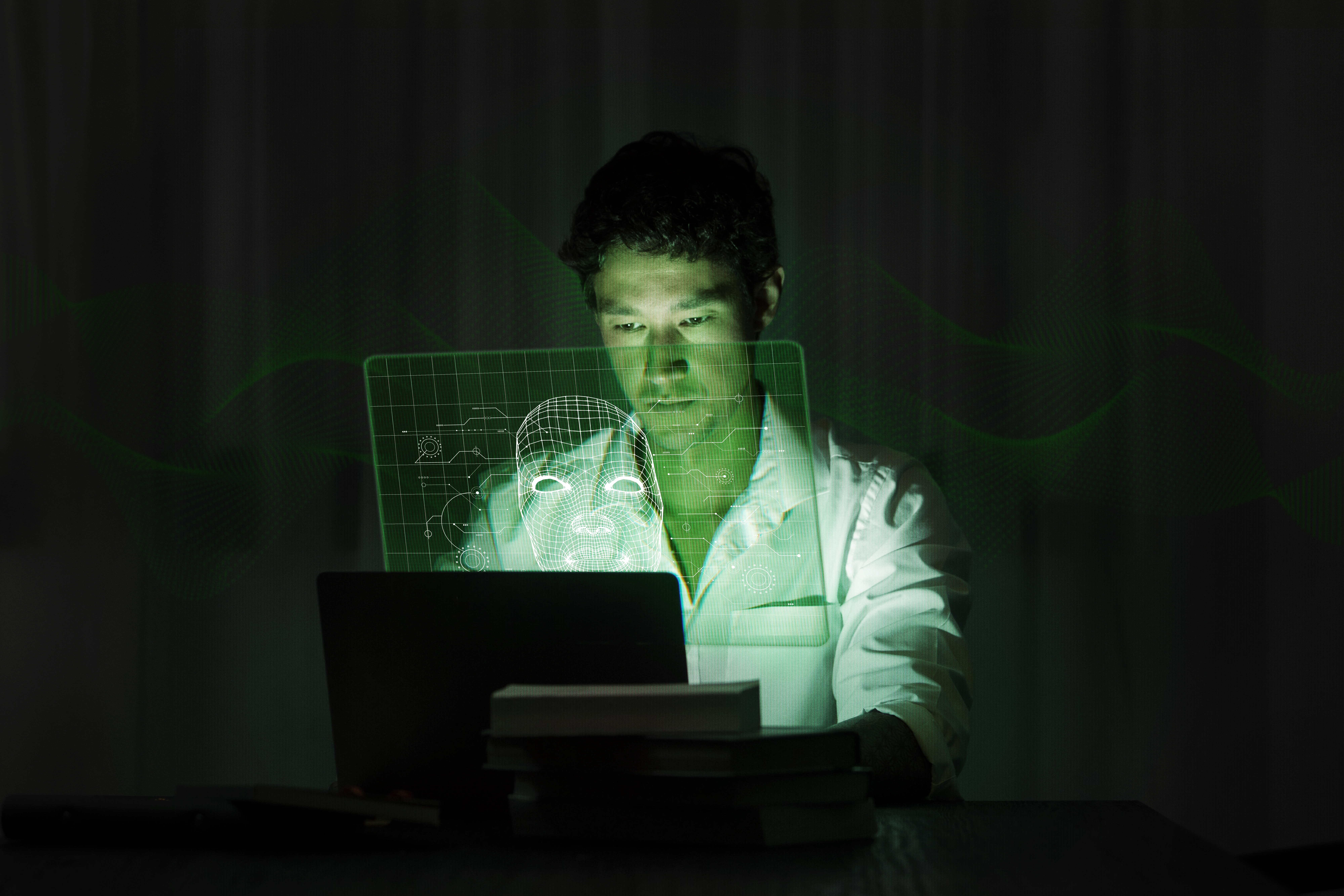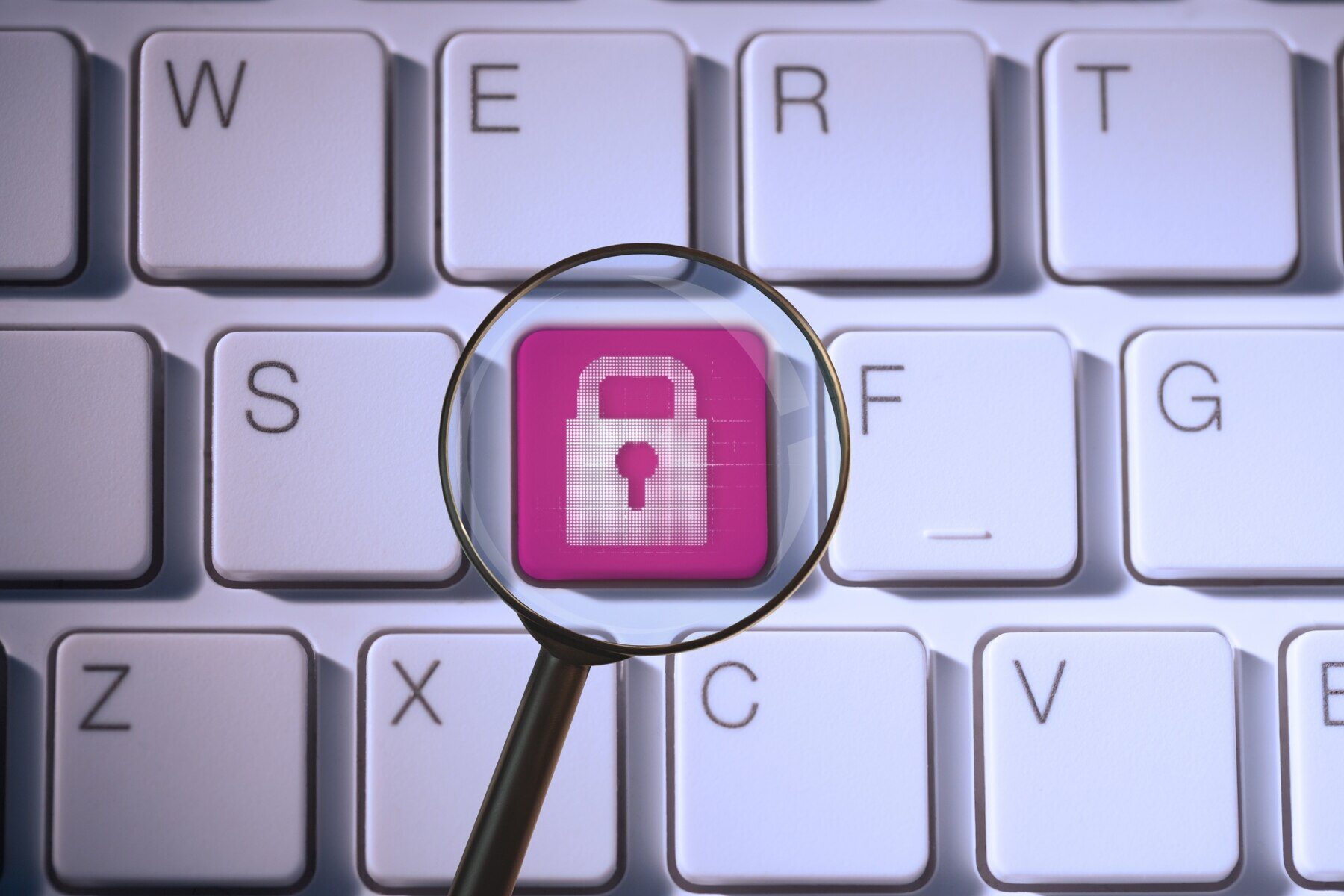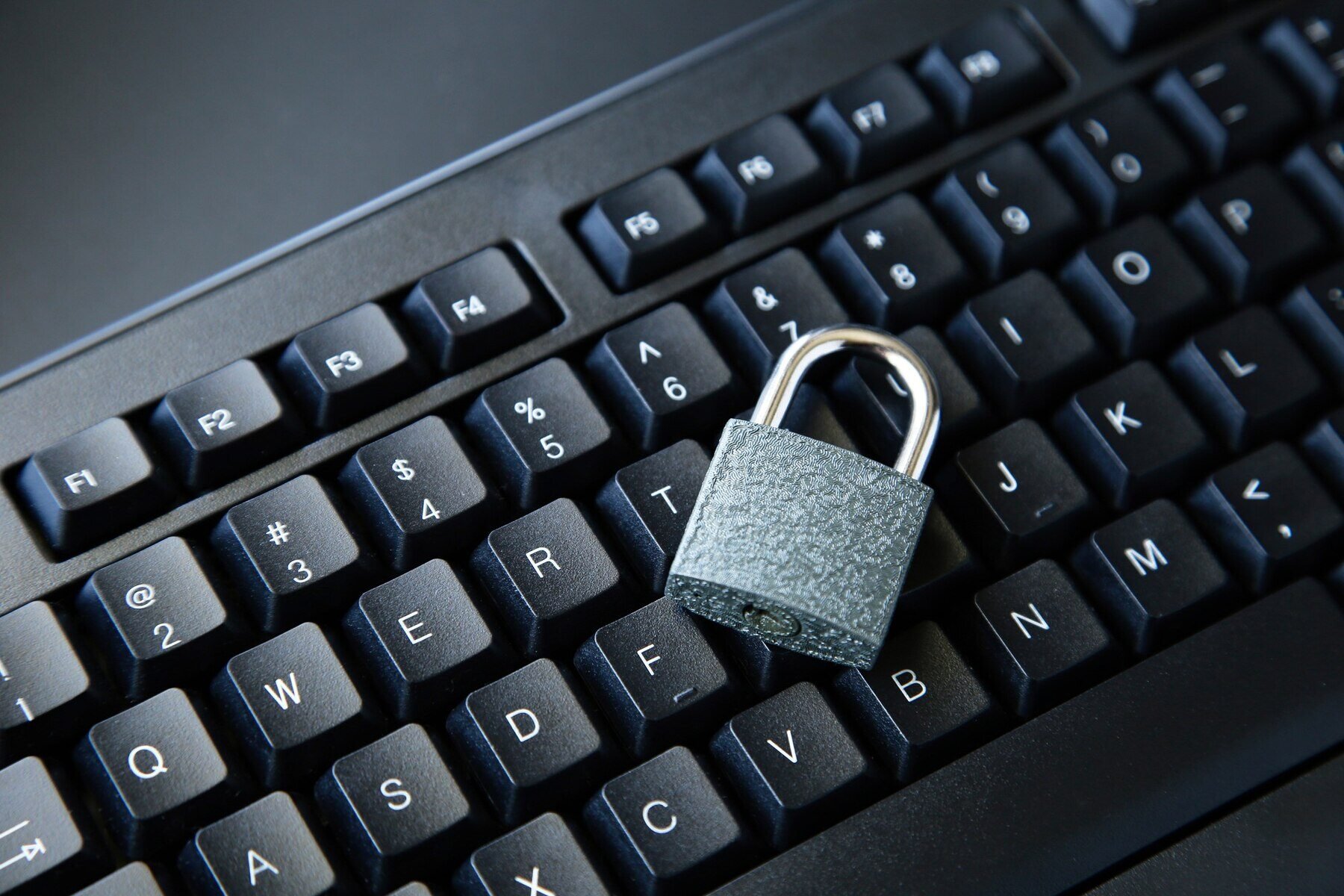You’ve probably heard of biometrics as a replacement for passwords or PINs. Simply put, biometrics is a technology that uses parts of our body to verify our identity.
What exactly is biometrics, and why can it be used as a verification tool? How does it function and operate in businesses? Let’s find out in this article!
Definition of Biometrics and Its Uses in Verification
Biometrics is a technology that identifies and verifies individuals based on their unique physical or behavioral characteristics. Biometric data can include fingerprints, facial recognition, iris scans, or voice recognition. This technology leverages these unique characteristics to identify individuals with a very high level of accuracy.
Biometric verification is the process of confirming a person’s identity using biological, physical, or behavioral characteristics such as facial scanning, movement, or other unique attributes for digital security purposes. Digital identity verification systems based on biometrics are designed to provide accurate identity verification and ensure that a person’s identity can be reliably verified.
The data used in biometric verification is personal and cannot be easily forged by others. Unlike passwords, biometric data cannot be forgotten, lost, or easily copied. Once biometric data is stored in an application system, users only need to perform biometric scans, such as taking a selfie or scanning their fingerprint. The system will then compare and analyze whether the user’s biometric data matches the stored data. If it matches, the system grants access to the user.
Modern biometric verification technology allows for digital and automated verification processes. The encryption techniques used in biometrics make it difficult for external parties to replicate biometric data, preventing fraud or data theft.
Advantages of Biometric Verification
Here are the advantages of using a biometric-based identity verification system:
1. Unique to One Person
Biometric verification is a system that is unique and can only be accessed by one individual since biometric data is personal and cannot be forged by others.
2. Speed and Large-Scale Efficiency
Modern biometric verification technology enables identity verification on a massive scale within a very short time. This is why governments, banks, and financial institutions rely on this system for high security while ensuring ease and speed.
3. High Accuracy
Biometric verification systems can recognize individuals with precision, accuracy, and consistency, reducing errors in identification. This level of security is crucial for preventing identity fraud.
4. Easy Access
Users do not need to carry verification tools such as cards or devices. By simply presenting their biometric data, identity verification can be performed.
5. Enhanced Security
Biometric verification eliminates the risk of forgetting passwords or PINs. Since biometric data is inherent to an individual, the risk of unauthorized access is significantly reduced.
6. User-Friendly
Biometric identity verification is easy to use without requiring special training or intervention, minimizing access difficulties.
7. Improved Accountability
Biometric verification technology can accurately track user activities, enhancing accountability and ensuring a more reliable security system.
8. Resistant to Damage
Biometric data is not susceptible to physical damage, unlike ID cards that can be lost, broken, or burned. Moreover, biometric data cannot be used once its owner has passed away.
How Biometric Technology Works
Biometric technology works by collecting data from an individual’s physical or behavioral characteristics, storing it in a database, and comparing it with data retrieved during verification or identification.
Here are the general steps in biometric verification:
1. Data Enrollment
In the initial stage, individuals must register their biometric data into the system, such as fingerprints or facial recognition. This data is then securely stored in a database.
2. Data Capture
When an individual wants to access a system or facility, their biometric data is captured again using devices such as fingerprint scanners or facial recognition cameras.
3. Data Matching
The captured data is compared with the stored data in the database. If the data matches, the individual is granted access or the requested service.
4. Authentication or Identification
If the retrieved data matches the stored data, authentication is successful, and the individual is granted access to the system or facility. If not, access is denied.
The Role of Biometrics in Business
Biometric technology serves multiple functions in business, particularly in security and operational efficiency. Below are some key functions of biometrics:
1. Identity Verification
Biometric verification is used when registering new users on an application. For example, when opening a bank account, customers typically need to visit a branch and meet with a bank officer. This process allows banks to conduct KYC (Know Your Customer), a standard procedure set by central banks to ensure that the bank verifies the identity of prospective customers.
If traditional registration processes take days, biometric-based digital onboarding allows the process to be completed in less than a minute.
2. User Authentication
Similar to verification during registration, biometrics can also be used for user authentication. In digital applications, biometric authentication is used before transactions occur. For example, a banking app may require biometric authentication before transferring funds to ensure that the transaction is conducted by the authorized individual.
3. Fraud Prevention
In the financial and banking industries, biometrics is an effective tool for fraud prevention. For instance, biometric verification for large transactions or fund withdrawals ensures that only authorized individuals can complete the transaction.
Many industries benefit significantly from biometric systems. It is no surprise that the business potential of biometric technology is projected to reach US$50 billion by 2024.
However, the benefits of biometric technology can only be fully realized when operated by a trusted service provider.
One such provider is VIDA, which specializes in biometric verification and authentication services. As a digital identity company, VIDA offers three key solutions: Identity Proofing, User Authentication, and Fraud Detection. VIDA provides end-to-end security solutions to protect digital transactions with products such as face liveness detection, document liveness detection, deepfake shield, and digital signatures—ensuring that businesses remain secure from fraud.

.png)


